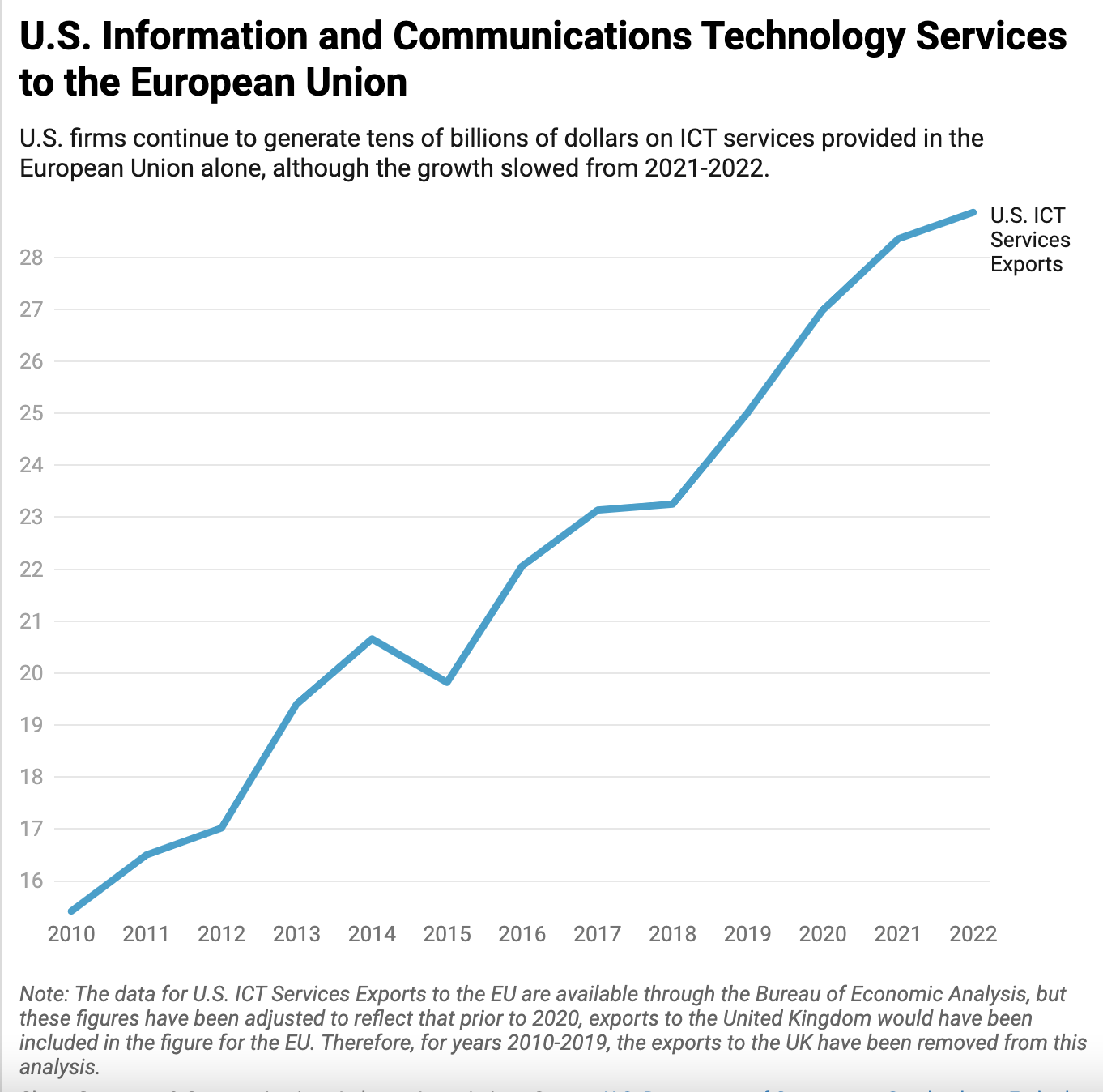The Wayuus, Competition and the Benefits of the Digital Economy
This week, the ABA Antitrust section is hosting worldwide competition experts in Cartagena de Indias, Colombia, to discuss competition law, policy and economics. As enforcers, practitioners and academics stroll down the streets of this city, they will find numerous products to bring back to their home countries. Among others, the Wayuu ‘mochilas,’ artisan handbags produced by the Wayuus, are examples of such products. The ‘Wayuus’ or ‘guajiros’ are a Native American ethnic group of the Guajira Peninsula in the northernmost part of Colombia and northwest Venezuela.
So what is the connection between the Wayuus’ mochilas and the digital economy? Behind the Wayuu mochilas there is an important story to tell, which is related to how the digital economy is helping individuals and smaller businesses to connect with the global market. As competition enforcers discuss the trade-offs of the digital economy and endeavor to better understand the dynamics behind multi-sided business models, it’s important to recognize how the Wayuus have been able to use the Internet to their benefit by creating a multi-sided business model.
The Wayuu people are renowned worldwide for their artisanal skills. Their famous mochila bags (such as the ones shown in the picture above) have become very popular in recent years. However, the Wayuu people were upset, as they felt traditional intermediaries would profit from their work more than the Wayuus themselves, selling locally produced bags at high prices. In fact, the Wayuus’ living conditions actually worsened despite the success their artisan products have achieved.
It was clear that there was a worldwide demand for their artisan mochilas and that the Wayuus needed to find a way to connect directly with their worldwide customers. If they managed to do so, they would be able to use the money obtained from selling their mochilas to improve their living conditions. How could the Wayuu profit from selling their popular mochilas bags into the world market?
By establishing an Internet marketplace for Wayuu products!
A few years ago, the Wayuus created a platform where worldwide customers could buy artisan products directly from the Wayuu people. The Wayuu Market offers professional and commercial services for urban and rural artisans of the Guajira Peninsula to sell on the Internet, directly and for free (one side of the multi-sided business model). This is possible because customers pay the price of the product plus a market fee to contribute to Wayuu’s development (another side of the multi-sided business model). In other words, the Wayuu people have been able to use the Internet to profit directly from their artisan work, and by the same token, improve their living conditions. In turn, their customers can buy artisan products directly from this ethnic group, and even contribute to their development.
This story about the Wayuus is another example of how in a worldwide economy, small and medium-sized businesses are finding ways to compete against bigger players through the Internet. In other words, the Internet is leveling the playing field so that worldwide trade becomes easily available to all players, including the Wayuus living in the Guajira Peninsula. These days, for example, a small grocery store in Germany, or in NYC, can be accessible to customers in the same way big supermarkets are. Or a small business can find an accountant through LinkedIn the same way a larger company’s Human Resources Department could. Amazon has collected a number of these stories through its Amazon Success Stories webpage.
There are lots of other examples of small social business-related stories that have become very successful thanks to the Internet. For example, an African jewelry and crafts shop that was created in the Uganda post-war era has been able to expand by selling its products via the Internet. Promoting the work of these women has enabled them to not only finance their homes but also to finance orphanages during the reconstruction of the country. In fact, data shows that for small and medium-sized enterprises (SMEs), the Internet can reduce the cost of starting a business by a factor of 100 and, in turn, contribute to the growth and diversity of the local economies where these businesses are based.
But the reduction of costs for SMEs is one of many positive elements of the Internet. Like a domino effect, the fact that these SMEs are able to compete face-to-face with bigger players has had a tremendous pro-consumer disruptive impact. Some traditionally concentrated industries, such as healthcare or retail distribution, now face a different type of competition, and as a consequence, have had to lower prices or provide consumers with new products and services. Not only are SMEs benefiting from accessing the worldwide market through the Internet, but consumers are as well, as competition is forcing prices to lower and companies to offer better products and services.
As the 130 competition authorities’ delegations gather together in Colombia to discuss, among other things, the role of competition in the digital economy, it is important to remember the positive effects that the Internet is playing by opening the world market to all interested stakeholders, including end consumers. Without taking these positive elements into account, discussions over the role of competition enforcement in the digital space would be futile as they would lack one of its most important elements for analysis. To this end, competition authorities could invest resources in finding and learning about other success stories such as the Wayuus to fully understand how the Internet is helping to level the competitive playing field and what can be done to maintain and encourage this landscape.








